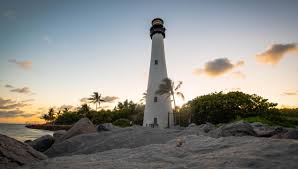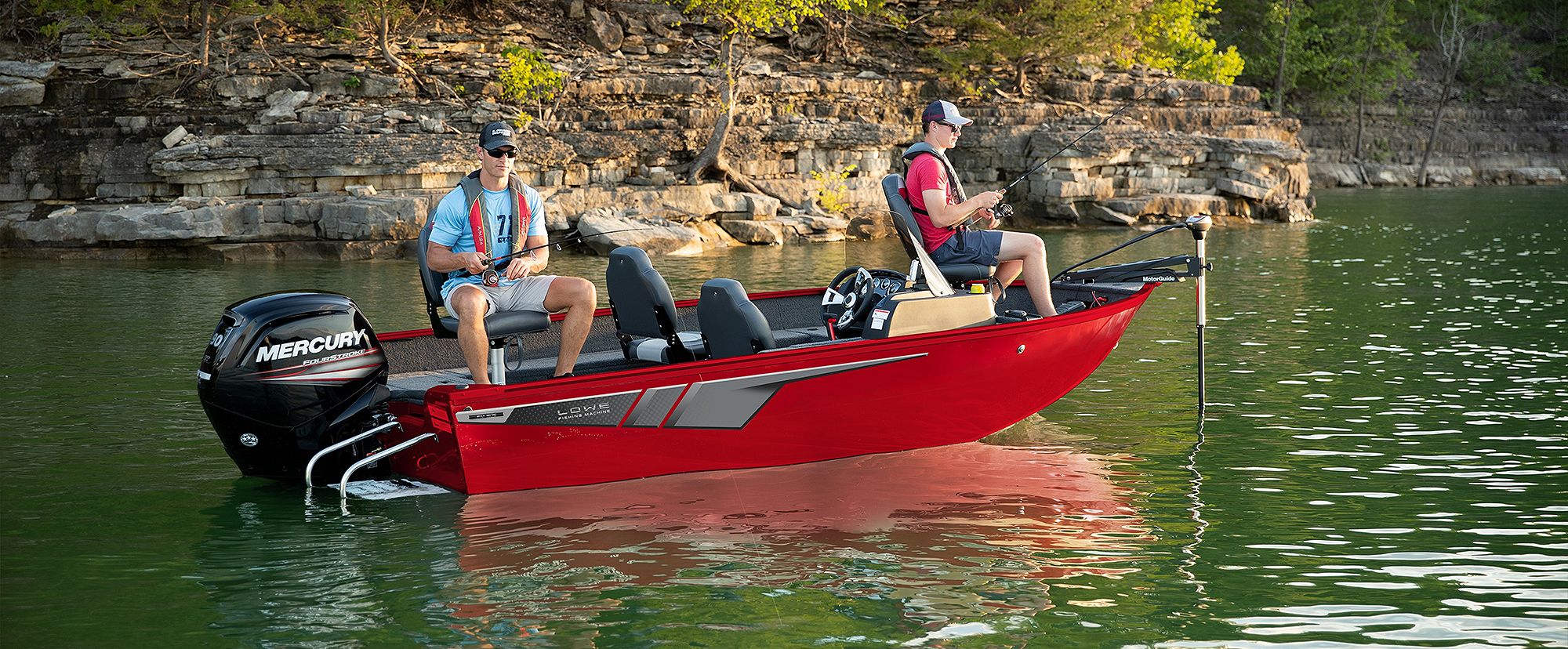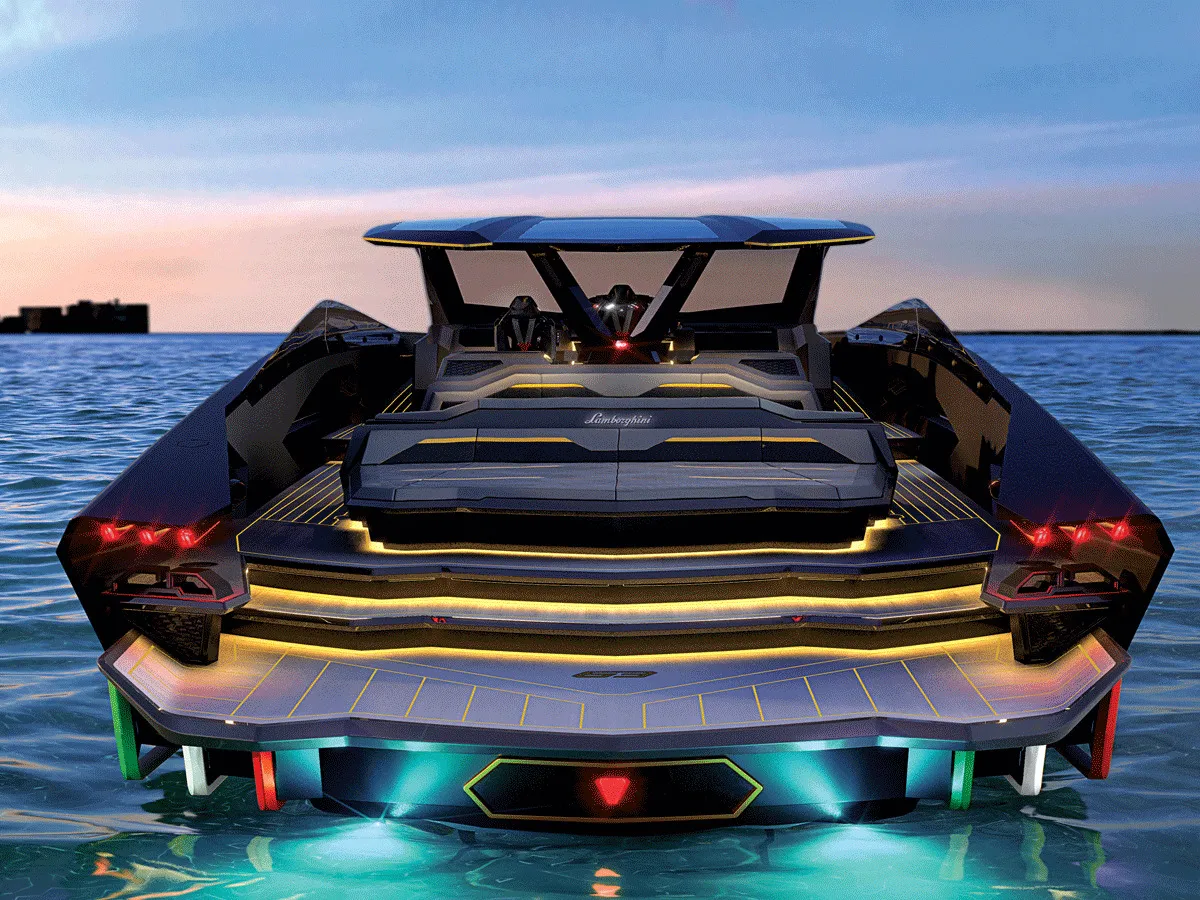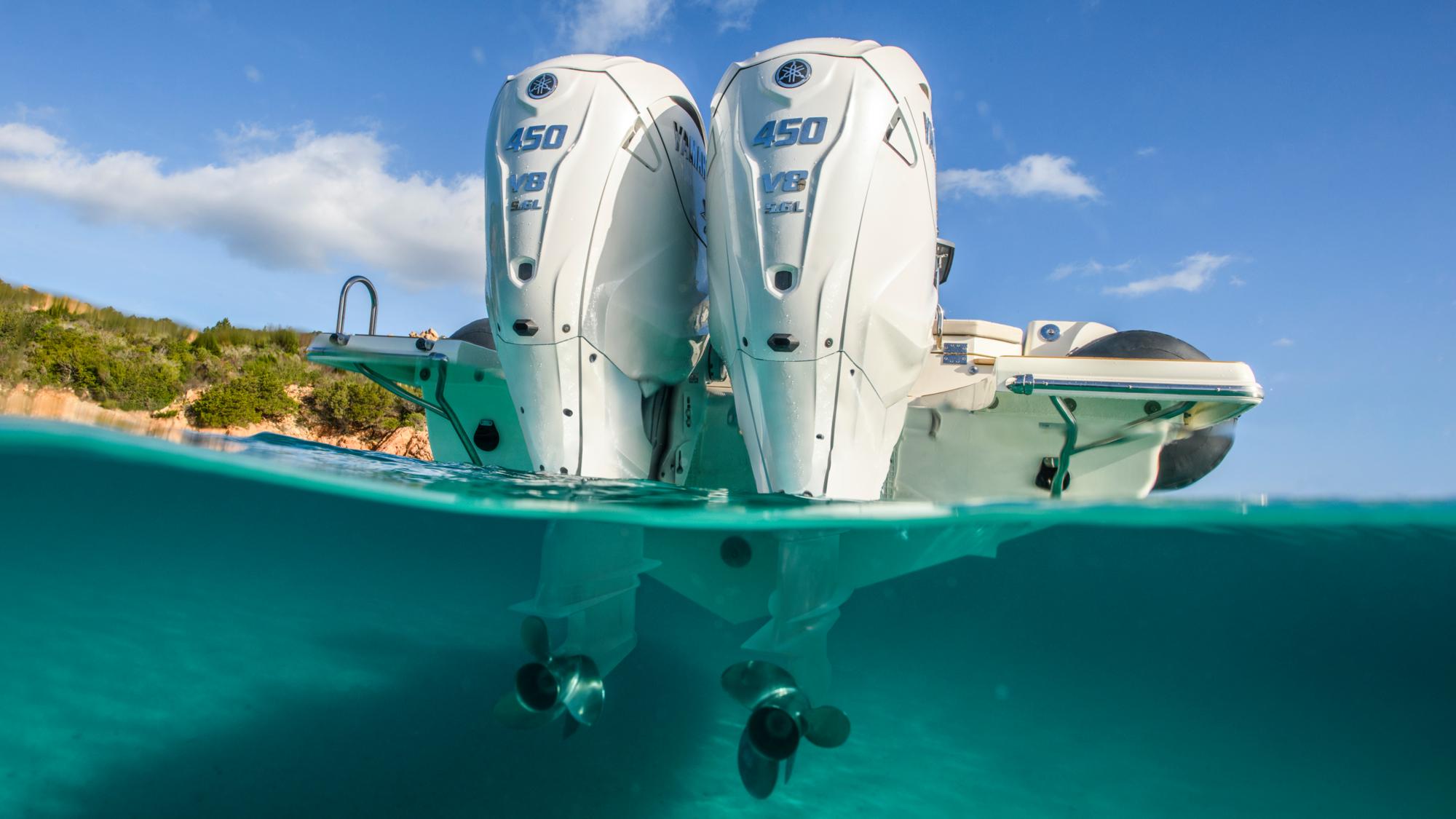What Condition Is Often Confused with the Early Stages of Carbon Monoxide Poisoning While Boating?
While enjoying a day out on the water, it's crucial to be aware of the hidden dangers that can accompany boating. Heat exhaustion is often confused with the early stages of carbon monoxide poisoning while boating. Both conditions share similar symptoms such as headache, dizziness, and nausea.

This makes it vital to understand how they differ to ensure timely and appropriate action. Misidentifying these symptoms can lead to serious health risks.
Carbon monoxide is a silent threat on boats as it is a colorless, odorless gas produced by gasoline-powered engines and onboard generators. When boaters inhale this gas, the results can be dangerous and, in some cases, fatal.

Symptoms of carbon monoxide poisoning can include confusion, drowsiness, and shortness of breath, often intensifying if no immediate steps are taken to ventilate the area or seek medical assistance.
Preventing carbon monoxide poisoning requires taking proper safety measures such as installing an appropriate CO detector on the boat and understanding the sources and signs of exposure.
Remain vigilant while on the water, especially when engines are running, to keep everyone on board safe and healthy.
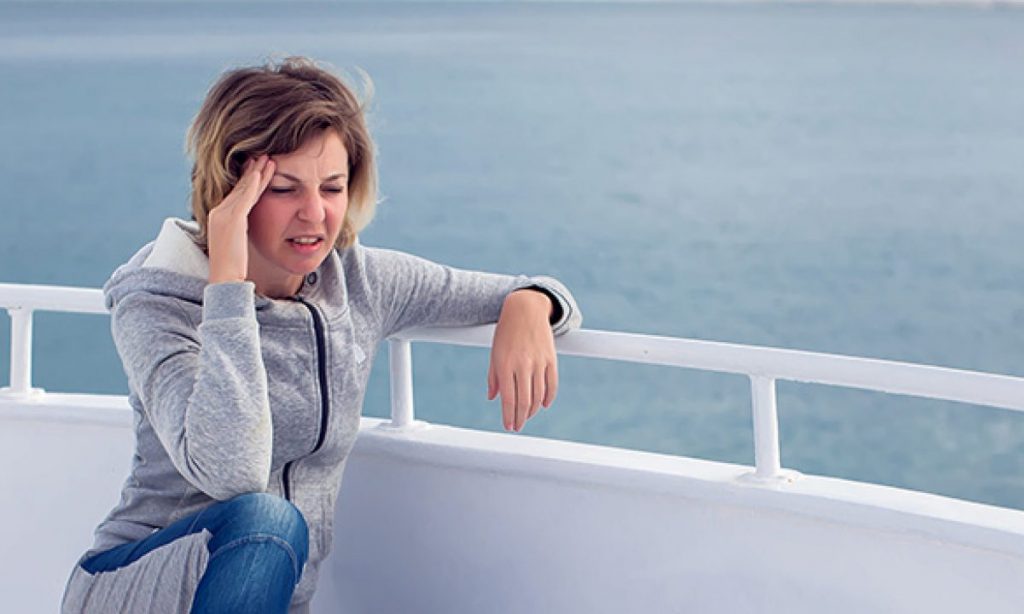
Key Takeaways
- Heat exhaustion and early CO poisoning share similar symptoms.
- CO is a colorless, odorless gas produced by boat engines.
- Install CO detectors and watch for headache, dizziness, and nausea.
Understanding Carbon Monoxide Poisoning
Carbon monoxide (CO) is a colorless, odorless gas that can be very dangerous. It is produced when fuels like gasoline, coal, and wood do not burn completely. Common sources of CO include motor vehicle exhaust, faulty heaters, and portable generators.
Symptoms of CO Poisoning
CO poisoning often presents with symptoms that may be confused with other illnesses. Early symptoms include:
- Headache
- Dizziness
- Weakness
- Upset stomach
- Vomiting
- Chest pain
- Confusion
Severe symptoms can include:
- Loss of consciousness
- Uncontrollable muscle movements
- Shortness of breath

Why CO is Dangerous
When a person inhales CO, it enters the bloodstream and binds to hemoglobin, reducing the blood's ability to carry oxygen. This lack of oxygen can harm tissues and organs, especially the brain and heart.
Potential Complications
CO poisoning can lead to serious complications such as:
- Permanent brain damage
- Heart problems
- Fatal outcomes if not treated
To prevent CO poisoning, make sure to take measures such as installing CO detectors in your home and boat. You should also ensure that any fuel-burning devices are used in well-ventilated areas.
For more detailed information, visit Mayo Clinic on CO symptoms and causes.
By staying informed about CO and its risks, you can protect yourself and others from this invisible danger. Learn more about the signs and prevention of CO poisoning at CDC's CO poisoning page.
Common Sources of CO in Boating
Carbon monoxide (CO) on boats commonly comes from engines, exhaust systems, and fuel-burning appliances. Poor ventilation can also lead to dangerous CO buildup inside the boat.
Engines and Exhaust Systems
Boat engines and exhaust systems are major sources of carbon monoxide. Gasoline-powered engines, including those on houseboats, generate this toxic gas. Inboard and outboard motors can produce high levels of CO, especially when running at idle or low speeds.
Exhaust gases from these engines can seep into the cabin or other closed spaces, creating hazardous conditions. Propane generators used for power are another significant CO source. They can release the gas, particularly when run in confined or partially enclosed areas.
Keeping engines and exhaust systems well-maintained is crucial. You should do regular inspections and ensure that the exhaust outlets are properly installed to prevent leaks.
It’s important to ensure that exhaust fumes dissipate safely away from the boat to reduce CO risks.
Fuel-Burning Appliances
Fuel-burning appliances on boats, such as stoves, ovens, and heating systems, also emit CO. These appliances use various fuels, including propane, oil, and other carbon-based fuels.
Improper use or maintenance of these devices can push CO levels to dangerous levels quickly. Marine heaters and furnaces, when not properly ventilated, add to the CO risk.
Routine checks and maintenance can help keep these appliances operating safely. Additionally, using CO detectors in areas where these appliances are used significantly boosts safety.
Improper Ventilation
Poor ventilation is a significant risk factor for CO buildup on boats. When cabins or other enclosed spaces lack proper airflow, CO can accumulate rapidly whenever engines or fuel-burning appliances are used. This is particularly dangerous on houseboats and other vessels with enclosed living areas.
Opening vents and windows can help improve airflow. However, it’s critical to also install marine-grade CO detectors in sleeping and living quarters.
Ensuring that exhaust systems and appliances vent properly outside the boat, in combination with good airflow practices, helps reduce the risk of carbon monoxide poisoning.
Signs and Symptoms of CO Poisoning
Carbon monoxide (CO) poisoning can present a variety of symptoms. Early signs are often mild and can be confused with the flu.
- Headache and dizziness are common.
- People may also experience nausea and vomiting.
- Weakness might make simple tasks hard.
- Chest pain can occur and should be taken seriously.
More severe symptoms include:
- Confusion and blurred vision.
- Shortness of breath and loss of muscle control.
- Loss of consciousness can happen quickly.
- Seizures and memory loss can occur.
Immediate treatment involves moving the person to fresh air. If not addressed quickly, CO poisoning can lead to death.
For a detailed list of symptoms and complications, you can visit the Mayo Clinic's page on Carbon Monoxide Poisoning or the CDC's information on CO symptoms.
Health Effects and Risks
Carbon monoxide poisoning poses immediate and long-term health risks. It particularly affects vulnerable populations like children and older adults. Acute exposure can lead to severe complications involving the brain and heart.
Immediate Health Risks
Inhaling carbon monoxide can lead to symptoms like headache, dizziness, weakness, nausea, and vomiting. The gas prevents the blood from carrying oxygen to the brain and heart, causing confusion and loss of muscle control. Passengers on boats may experience shortness of breath and blurred vision. In severe cases, it can cause loss of consciousness or even coma. Older adults and infants are at a higher risk of experiencing severe effects from exposure.
Long-Term Complications
Recovering from carbon monoxide poisoning does not guarantee full health restoration. Long-term complications may include persistent brain damage leading to memory problems or learning difficulties. Seizures can occur even after initial recovery, and the risk of these complications increases if the person lost consciousness. Heart damage is also a concern, which can lead to ongoing cardiac problems. Regular health checks are important for early diagnosis of these conditions.
At-Risk Populations
Children, older adults, and individuals with preexisting health conditions are particularly vulnerable to carbon monoxide poisoning. Infants are at higher risk because their bodies process gases differently. Meanwhile, older adults may suffer more severe complications due to existing health issues.
People on boats, especially in enclosed spaces, need to be cautious. Utilizing carbon monoxide detectors and ensuring proper ventilation can reduce risks.
CO Exposure Scenarios in Boating
Boaters can be exposed to carbon monoxide (CO) in various ways, including when boats are stationary or moving slowly, when operating enclosed spaces, and during activities near exhaust outlets.
Stationary and Slow-Moving Boats
When boats are stationary, docked, or moving at slow speeds, carbon monoxide can accumulate quickly. This is because the exhaust from generators and engines can build up, especially if the wind is calm or blowing from the stern.
Slow-moving boats create a backdraft effect, drawing exhaust fumes into the cockpit and other enclosed areas.
Boaters should be cautious while at anchor or tied to a dock, especially in regions with poor ventilation. Always ensure that exhaust outlets are clear and that CO detectors are functional.
Pay attention to symptoms such as dizziness and headache, as they may indicate CO exposure. Using charcoal grills or other fuel-burning devices onboard can also increase CO levels.
Operating Enclosed Spaces
Enclosed spaces on boats, such as cabins and engine rooms, pose a significant risk for CO accumulation. Generators, water heaters, and other gas-powered devices can release CO into these areas.
If the ventilation is inadequate, CO levels can rise quickly.
Regularly inspect your boat's exhaust system and ensure that all seams and fittings are secure to prevent leaks.
CO detectors should be installed in sleeping and living areas to alert occupants of dangerous levels.
Operating boats with open hatches and windows can help dissipate any accumulated CO.
Be mindful of symptoms like nausea and weakness, as these can escalate to loss of consciousness in severe cases.
Activities Near Exhaust Outlets
Engaging in activities near exhaust outlets can increase the risk of CO poisoning.
Swimming or tubing close to a boat's exhaust, especially around the aft deck, can lead to carbon monoxide poisoning.
The water level can trap fumes, making them difficult to disperse.
When using watercraft for surfing or tubing, keep a safe distance from the exhaust outlets.
If boating with children, be extra vigilant, as they may be more susceptible to CO’s effects.
Wind direction and speed play a crucial role; avoid positioning the boat so that exhaust blows back into occupied areas.
Stay alert to signs like blurred vision and difficulty breathing, and act promptly if these symptoms occur.
Emergency Response and Treatment
Immediate action is critical when dealing with carbon monoxide poisoning. Knowing how to provide first-aid, understanding medical treatments, and following up with proper care can significantly improve outcomes.
First-Aid Measures
First-aid for carbon monoxide poisoning begins with getting the affected person to fresh air immediately. Call 911 or emergency medical services without delay.
If the person is not breathing, perform CPR until help arrives.
Carbon monoxide detectors in boats and enclosed spaces can help prevent poisoning by providing early warnings.
Keep the injured calm and still to keep their oxygen demand low.
Knowing these steps can save lives.
Medical Treatment
At the hospital, treatment usually involves breathing pure oxygen through a mask.
This helps increase the level of oxygen in the blood and displace carbon monoxide from hemoglobin.
In more severe cases, a hyperbaric oxygen chamber might be used.
This involves breathing pure oxygen in a pressurized room and helps eliminate carboxyhemoglobin more effectively.
Doctors may also check carboxyhemoglobin levels with blood tests to diagnose and monitor treatment progress.
Follow-Up Care
Follow-up care is crucial to monitor any long-term effects of carbon monoxide poisoning such as brain damage or other complications.
Healthcare providers will likely schedule repeated checks and assessments to ensure that recovery is on track.
Patients might also need medication to manage symptoms or seizures.
During recovery, it’s essential to avoid re-exposure to carbon monoxide sources and ensure all engines and appliances on the boat are inspected for safety.
Keeping a close relationship with healthcare providers helps ensure full recovery.
Prevention and Safety Measures
Preventing carbon monoxide (CO) poisoning while boating involves using CO detectors, maintaining equipment, and following safe boating practices. This section will detail these crucial steps.
CO Detectors and Alarms
Using carbon monoxide detectors and alarms is essential.
These devices should be installed on boats to detect the odorless gas.
It is recommended to place detectors near sleeping areas and in enclosed spaces on the boat.
Regularly test and maintain these devices to ensure they are functioning correctly.
CO detectors can provide alerts before levels reach a dangerous point, giving time to seek fresh air and medical attention.
When shopping for detectors, select models designed specifically for marine environments.
Proper Maintenance and Inspection
Proper maintenance and inspection of your boat’s equipment are vital.
Regularly check and service fuel-burning appliances like engines, generators, and space heaters.
Ensure that all exhaust systems are free from leaks and blockages.
Inspect cooking ranges and other appliances to confirm they are venting correctly.
Pay special attention to areas where CO might accumulate, such as cabins and below deck.
Scheduling inspections with a professional mechanic can help in identifying potential risks.
Safe Boating Practices
Following safe boating practices can significantly reduce the risk of CO poisoning.
Start by ensuring adequate ventilation throughout the boat.
When using generators or running engines, avoid idling in confined spaces or where exhaust could re-enter the boat.
It’s also crucial to educate all passengers about the signs of CO poisoning, such as dizziness, headache, and confusion.
These symptoms can easily be mistaken for intoxication.
In case someone shows these signs, move them to fresh air and seek immediate medical attention.
Always follow manufacturer guidelines for the use of equipment on board.
Legal Regulations and Standards
Boating safety laws are in place to protect individuals from hazards like carbon monoxide poisoning. Different countries and states have specific regulations regarding carbon monoxide emissions on boats.
In the United States, regulations often specify that boats must have ventilation systems to prevent the buildup of carbon monoxide.
These rules ensure that carbon-based fuels burn properly to minimize dangerous emissions.
Children Safety: Under Texas boating laws, children under 13 years old must wear a USCG-approved PFD when on a vessel less than 26 feet long while underway. This doesn't directly relate to carbon monoxide but emphasizes general safety.
Boat Design Standards: Modern boats are designed to reduce the risk of carbon monoxide exposure. For example, they might be equipped with CO detectors. Boats with enclosed cabins often have laws requiring functional ventilation systems.
Legal Consequences: Failure to comply with safety standards can have legal consequences. Operators might face fines or penalties for not adhering to carbon monoxide standards and other boating safety regulations.
Maintenance Requirements: Laws often require that boat engines, generators, and other carbon-based fuel systems be regularly inspected and maintained. This reduces the risk of carbon monoxide poisoning by ensuring all systems are functioning correctly.
Frequently Asked Questions
Carbon monoxide poisoning can be tricky to recognize, especially in a boating context where other conditions like seasickness and dehydration are common.
How can you differentiate between seasickness and carbon monoxide poisoning symptoms?
Seasickness typically causes symptoms like nausea, vomiting, and dizziness. In contrast, carbon monoxide poisoning can start with similar symptoms but also includes headaches, confusion, and fatigue.
One key difference is that seasickness usually improves when going indoors or resting, whereas carbon monoxide exposure symptoms persist or worsen without fresh air.
What immediate actions should be taken if carbon monoxide poisoning is suspected on a boat?
If carbon monoxide poisoning is suspected, move affected individuals to fresh air immediately.
Turn off any potential sources of carbon monoxide, such as engines or generators.
Contact emergency services for medical assistance.
Administer oxygen if available and if trained to do so.
How do the initial symptoms of dehydration compare to those of carbon monoxide poisoning on a vessel?
Dehydration symptoms include dry mouth, thirst, and dizziness, which can also occur with carbon monoxide poisoning.
However, dehydration lacks the cognitive impairments like confusion and drowsiness that are common in carbon monoxide exposure.
Ensuring adequate water intake can help rule out dehydration.
What are the common misdiagnoses associated with the early signs of carbon monoxide poisoning in boaters?
Early signs of carbon monoxide poisoning are often mistaken for flu, seasickness, or heat exhaustion.
Misdiagnoses can delay proper treatment, leading to severe health risks.
Headaches, confusion, and dizziness without a fever are strong indicators of carbon monoxide poisoning rather than these other conditions.
What steps should be followed to ensure proper ventilation in a boat to prevent carbon monoxide buildup?
Ensure exhaust systems are in good condition and not blocked.
Use fans or ventilators to increase airflow.
Don't run engines or generators when anchored or docked near other boats.
Be aware of the wind direction; carbon monoxide can accumulate inside cabins if the wind blows exhaust back inside.
What safety equipment should be on board to detect carbon monoxide levels on a boat?
Having a carbon monoxide detector is essential. Make sure the detector is marine-rated. Regular household detectors may not withstand the marine environment.
Test the detector regularly and ensure it has fresh batteries. Additionally, portable CO detectors can provide an extra layer of safety.
Charlie is Editor-in-Chief of Sea Magazine
